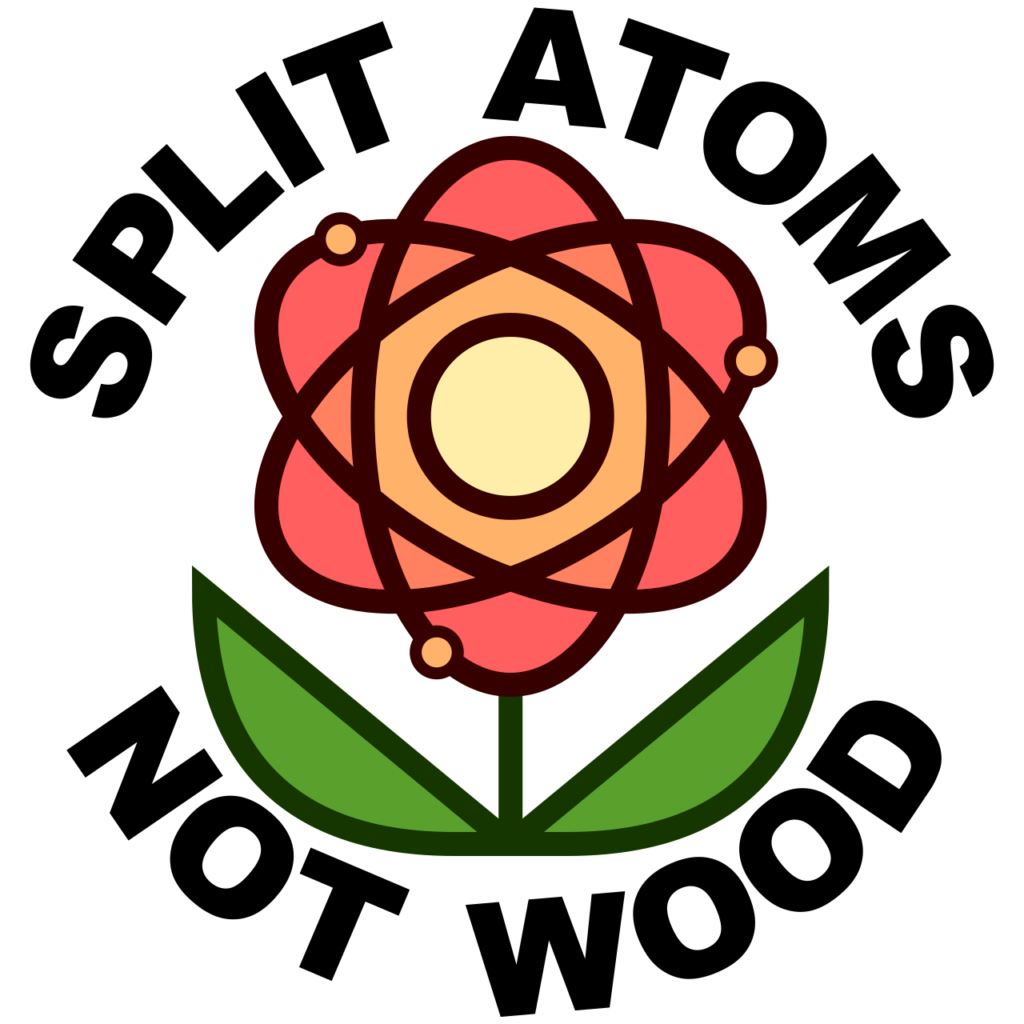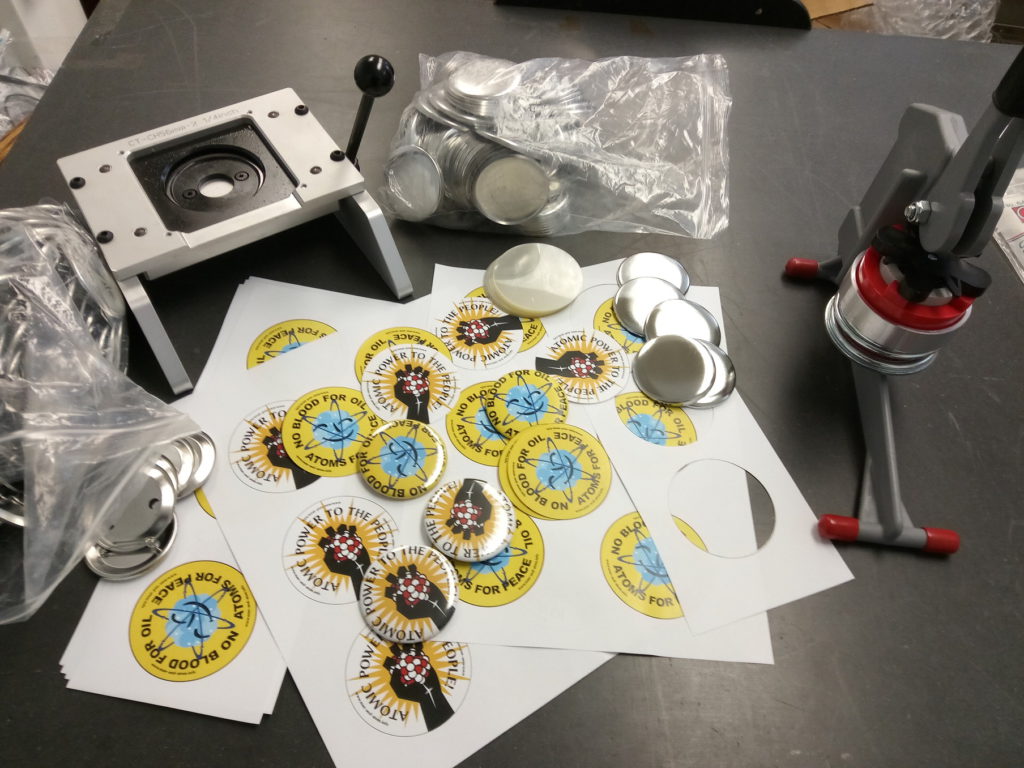Intercontinental air travel having its usual effects on me, compounded by having to be up early in the morning for an Apollo 17 commemorative event (see me at about 1h20m in), doesn’t make for the most coherent show I’ve ever presented. But I think there may nevertheless be a few items of interest, first and foremost, correspondence! from SDF user eskill. There is also some mention of possible upcoming program content, and new propaganda materials and merchandise I have planned. (Does anyone have a suggestion on an alternative to Etsy?) And the geopolitics of fossil fuels, the hollowness of climate commitments, and the possibilities of real progress through committed engineering effort, attract my attention once more.

Supplementary Shows
- 2022–12–13 Mostly a reading of the last chapter of Commonsense in Nuclear Energy (1980) by (Sir) Fred and Geoff Hoyle. This is itself composed primarily of excerpts from The Lives of the Engineers by Samuel Smiles, illustrating the life of George Stephenson, and in particular the Rainhill Trials which established the position of the locomotive or travelling engine as the key to world transportation. (The reference in the text is to a 1968 edition of this 19th century work.) I also read the preface and the very short first chapter of this very short, trenchant book. If it weren’t in hard covers I’d be inclined to call it a tract.
- 2022–12–16 Off to a rocky start, but I decided to re–read the bit from Flight Into Space by JN Leonard which got chopped up by a malfunctioning archiver a couple of months back. I occupied the remainder of the time with some extracts from Vignettes in Nuclear Medicine by Marshall Brucer, MD, which are interesting for the way they illustrate the development of scientific practice, in a lively style with personal reflections from someone directly involved in the work.


